| Common Name begins with: [ A ] [ B ] [ C ] [ D ] [ E ] [ F ] [ G ] [ H ] [ I ] [ J ] [ K ] [ L ] [ M ] [ N ] [ O ] [ P ] [ Q ] [ R ] [ S ] [ T ] [ V ] [ W ] [ Y ] [ Z ] |
| Scientific Name begins with: [ A ] [ B ] [ C ] [ D ] [ E ] [ F ] [ G ] [ H ] [ J ] [ L ] [ M ] [ N ] [ O ] [ P ] [ S ] [ T ] [ U ] [ V ] [ Z ] |
| Once on a species account page, clicking on the "View PDF" link will show the flight data for that species, for each of the three regions of the state. Other information, such as high counts and earliest/latest dates, can also been seen on the PDF page. |
| Related Species in HESPERIIDAE: | |
|---|---|
<<   >> >> | |
| Links to other butterfly galleries: [Cook] [Lynch] [Pippen] [Pugh] | |||
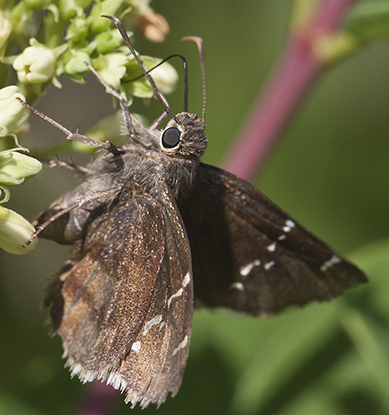 | Photo by: Sven Halling Comment: June 6, 2014, Pilot Mountain State Park, Surry Co. Southern Cloudywing - Click to enlarge | 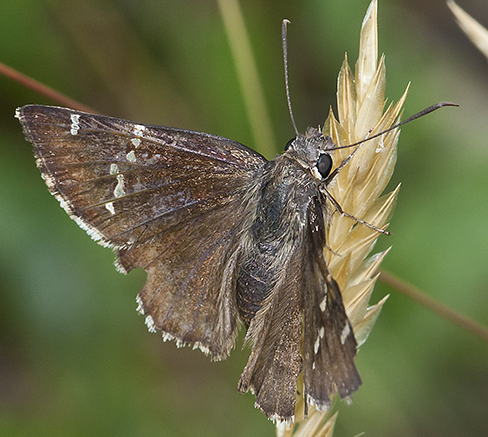 | Photo by: Sven Halling Comment: June 6, 2014, Pilot Mountain State Park, Surry County Southern Cloudywing - Click to enlarge |
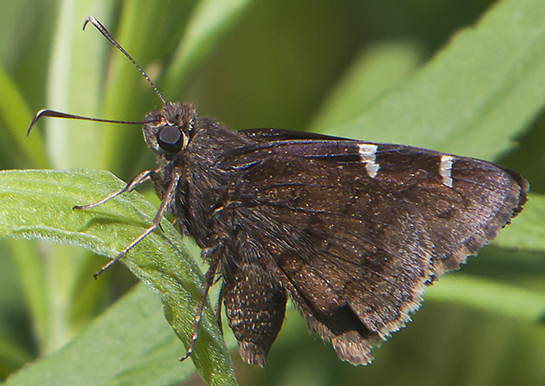 | Photo by: Sven Halling Comment: May 3, 2012, Winston-Salem, Forsyth County Southern Cloudywing - Click to enlarge | 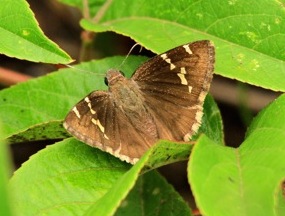 | Photo by: Chris Talkington Comment: Mecklenburg County 2-Aug-2014 Southern Cloudywing - Click to enlarge |
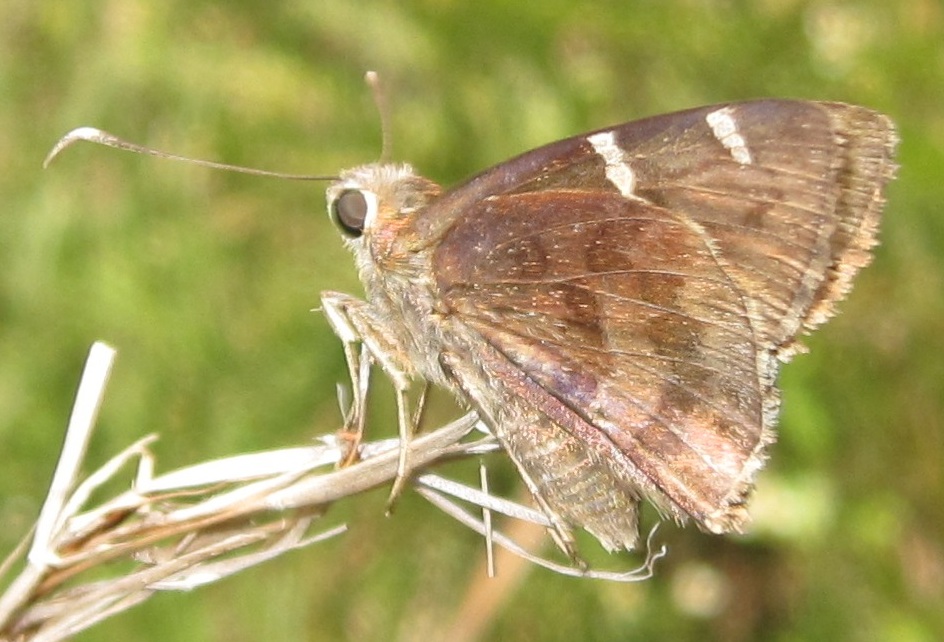 | Photo by: Tom Sanders Comment: Mecklenburg Co., 2011-Sep Southern Cloudywing - Click to enlarge | 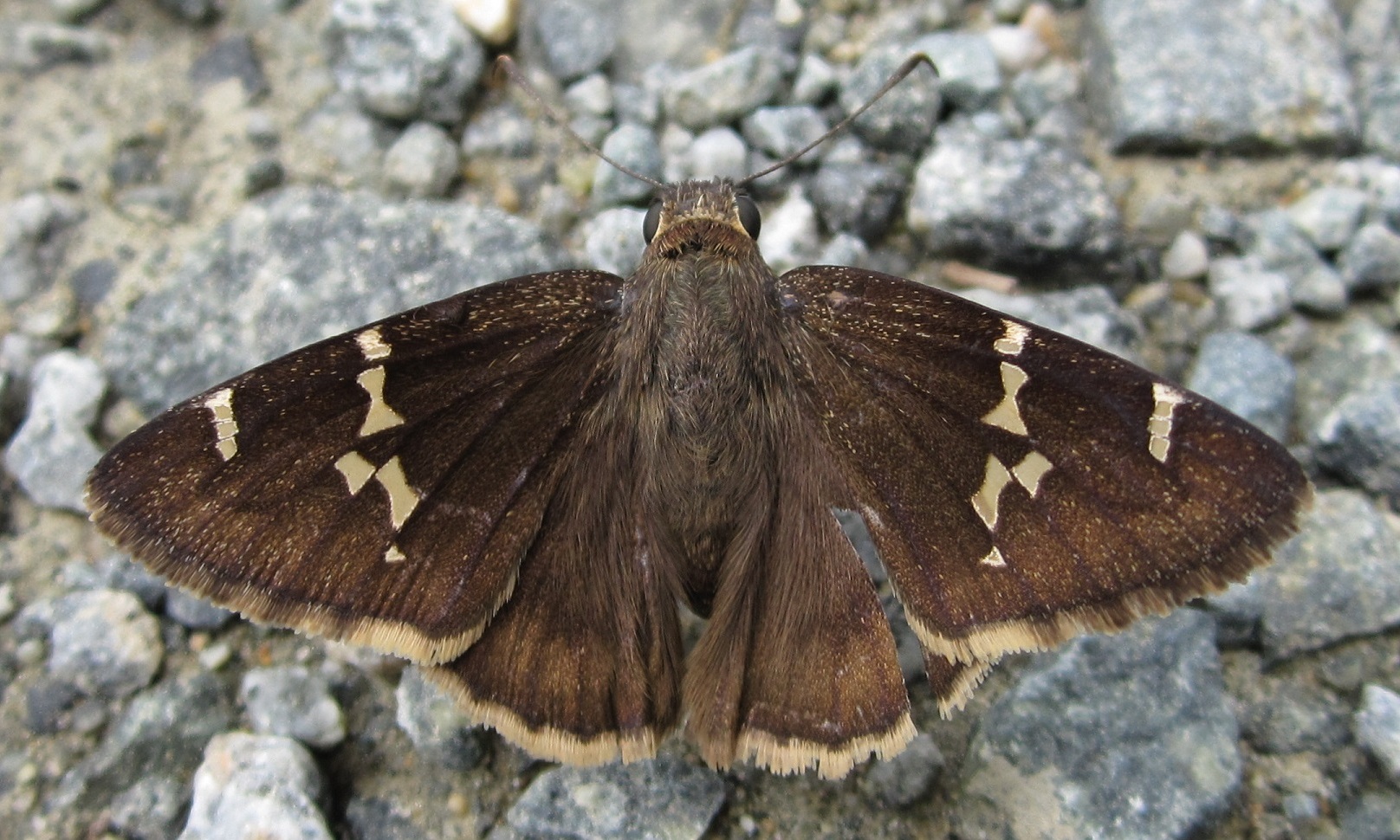 | Photo by: Tom Sanders Comment: Mecklenburg Co., 2010-July. Cowan's Ford Wildlife Refuge Southern Cloudywing - Click to enlarge |